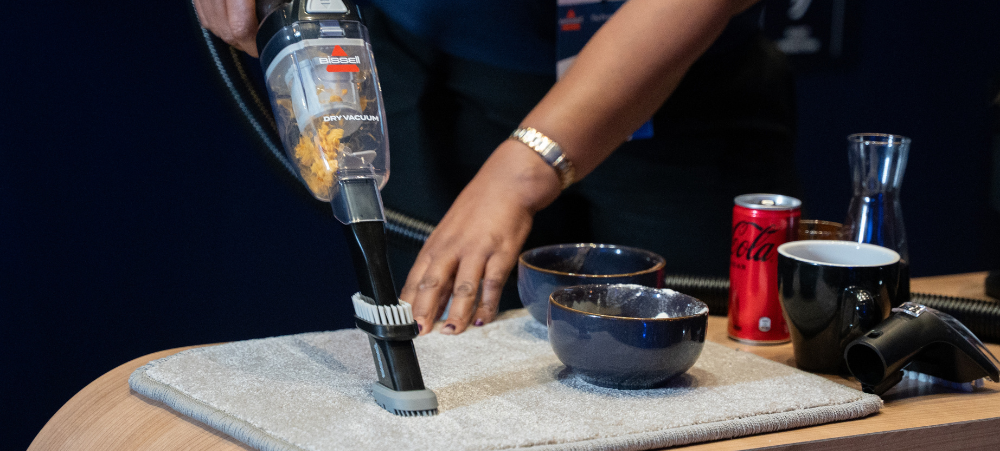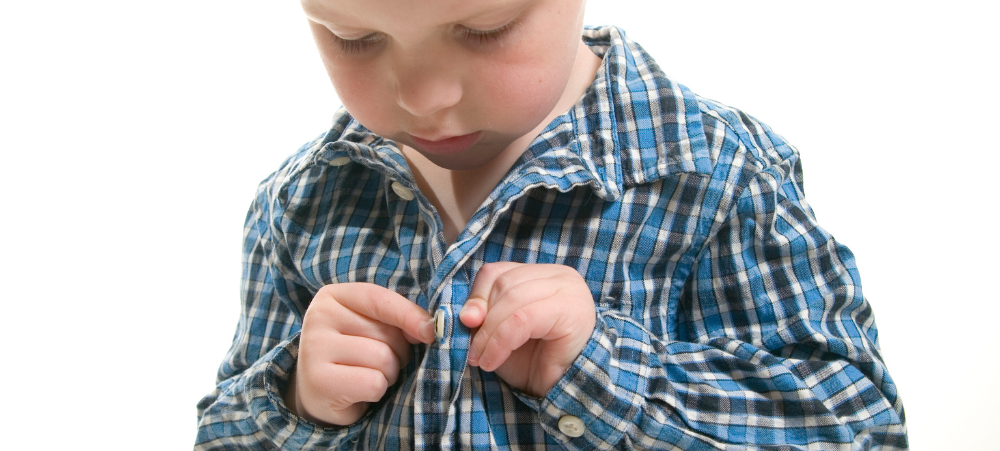BISSELL, a global leader in floorcare appliances with a legacy spanning 149 years, is proud to announce its official entry into the South African market through a strategic partnership with Legend Housewares. The launch marks a significant milestone in the brand’s global expansion, reaffirming its long-standing commitment to innovation, accountability, and integrity since its founding in 1876. Unlike generalist competitors, BISSELL specialises exclusively in vacuum cleaning technologies, ensuring its focus remains on delivering innovative, effective products. Today, BISSELL’s footprint extends across North America, Europe, the Middle East and Africa, Turkey, India, and Australia, underscoring its reputation as a global expert in cleaning technology. “At BISSELL, we uphold a promise to our consumers,” said Faten Al Baltaji, General Manager, BISSELL META, at the Johannesburg launch event. “We are vacuum specialists—we only do vacuum cleaners. Partnering with Legend Housewares, a company that shares our values and professionalism, enables us to build a long-term presence in South Africa. From our beginnings as a small crockery shop in Michigan, USA, to becoming the number one brand in floor care in the USA and Saudi Arabia, and a leader in the wet cleaning category across multiple global markets—not to mention the fast-growing stick vacuum segment—BISSELL continues to set itself apart through innovation and deep expertise. Even in highly competitive markets, we deliver true differentiation with every launch.” Collaboration with Legend Housewares The partnership with Legend Housewares was established following extensive research into consumer needs and retail dynamics. Known for its professionalism and strong family-business ethos, Legend Housewares was identified as the ideal partner to represent BISSELL in South Africa. “My hope for South Africa is simple: that one day, instead of saying ‘I need to vacuum’, consumers will say ‘I need to BISSELL my floor and couch.’ That’s the kind of everyday connection and brand love we aspire to create.” Al-Baltaji added. “Together, BISSELL and Legend Housewares will bring innovative, high-quality cleaning solutions to South African households.” Shaun MacPhail, Managing Director of Legend Housewares, added: “We are proud to collaborate with BISSELL to bring its world-class cleaning technology to South Africa. Our experience in the local market positions us to translate BISSELL’s global excellence into regional success. South Africans are discerning, tech-savvy consumers who value innovation and quality—and together, we can meet and exceed those expectations.” A Heritage of Innovation BISSELL’s story began in 1876, when Melville and Anna Bissell developed the world’s first carpet sweeper. Following Melville’s death, Anna made history as the first female CEO in the United States, demonstrating leadership that helped cement BISSELL’s reputation for resilience and innovation. Under the current leadership of Mark Bissell, the fourth generation of family management, the company continues to build on this heritage. Today, BISSELL remains committed to developing solutions for real-world challenges, including: BISSELL products are “pet proven,” rigorously tested to meet the unique cleaning needs of households with pets. Looking Ahead The partnership with Legend Housewares is set to play a pivotal role in expanding consumer awareness, educating households, and building long-term trust in South Africa’s growing market for advanced cleaning solutions. “This is about more than products—it’s about offering South Africans greater choice and healthier, happier homes,” concludes MacPhail.
































